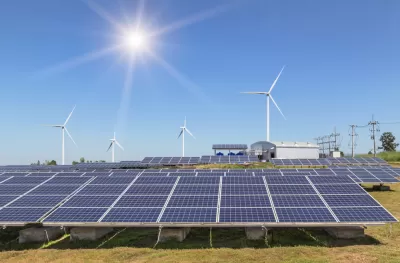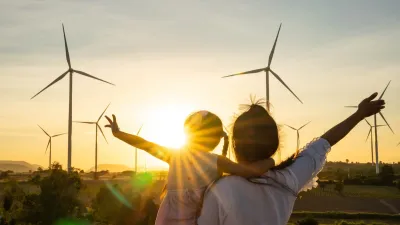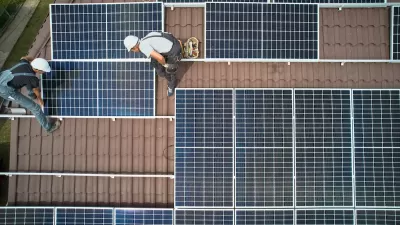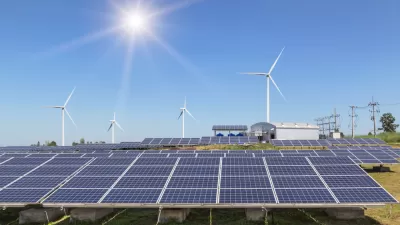The Coal-to-Clean Initiative is an effort to fund the early retirement of coal plants in emerging markets, urging public-private collaboration to achieve a just energy transition that limits global warming and supports sustainable growth.

In this opinion piece, Mike Hayes, Global Climate Change and Decarbonization Leader at KPMG, argues that the Coal-to-Clean Initiative has the potential to revolutionize the transition from coal-powered energy to renewable energy in emerging markets. This initiative seeks to fund the early retirement and repurposing of coal-fired power plants. Hayes emphasizes that emerging economies, which account for 65% of the global population but receive only 15% of clean energy investments, face unique challenges in achieving economic growth while addressing climate goals. By engaging a broad coalition of banks, corporations, philanthropies, and development banks, the initiative aims to provide scalable financing solutions that align with just energy transition objectives, maintaining energy capacity while reducing the environmental impact of coal.
Drawing on reflections from COP29 in Baku, Hayes expresses cautious optimism about the growing role of businesses in driving climate action despite record global fossil fuel use in 2023. While renewable energy capacity is forecasted to nearly triple by 2030, he stresses that achieving this goal will not be straightforward. Hayes calls for more coordinated efforts to address the financial gaps hindering the transition in emerging markets. The World Economic Forum’s Annual Meeting in Davos is highlighted as a critical moment to advance this agenda, with tools like the Coal-to-Clean Toolkit and Decision Tree offering actionable roadmaps for transformative change.
Hayes concludes by underscoring the urgency of aligning global efforts to limit warming to 1.5°C, calling for bold decisions from both public and private sectors. He asserts that business leaders must not remain spectators but instead take active roles in shaping a sustainable future. By fostering partnerships, providing clear market incentives, and scaling impactful coal-to-clean programs, the initiative aims to create an equitable energy transition that leaves no one behind. This piece advocates for a collaborative approach to address one of the most pressing challenges of our time.
FULL STORY: From coal to clean: Financing a just energy transition in emerging markets

Alabama: Trump Terminates Settlements for Black Communities Harmed By Raw Sewage
Trump deemed the landmark civil rights agreement “illegal DEI and environmental justice policy.”

Planetizen Federal Action Tracker
A weekly monitor of how Trump’s orders and actions are impacting planners and planning in America.

The 120 Year Old Tiny Home Villages That Sheltered San Francisco’s Earthquake Refugees
More than a century ago, San Francisco mobilized to house thousands of residents displaced by the 1906 earthquake. Could their strategy offer a model for the present?

LA’s Tree Emergency Goes Beyond Vandalism
After a vandal destroyed dozens of downtown LA trees, Mayor Karen Bass vowed to replace them. Days later, she slashed the city’s tree budget.

Sacramento Leads Nation With Bus-Mounted Bike Lane Enforcement Cameras
The city is the first to use its bus-mounted traffic enforcement system to cite drivers who park or drive in bike lanes.

Seattle Voters Approve Social Housing Referendum
Voters approved a corporate tax to fund the city’s housing authority despite an opposition campaign funded by Amazon and Microsoft.
Urban Design for Planners 1: Software Tools
This six-course series explores essential urban design concepts using open source software and equips planners with the tools they need to participate fully in the urban design process.
Planning for Universal Design
Learn the tools for implementing Universal Design in planning regulations.
Ada County Highway District
Clanton & Associates, Inc.
Jessamine County Fiscal Court
Institute for Housing and Urban Development Studies (IHS)
City of Grandview
Harvard GSD Executive Education
Toledo-Lucas County Plan Commissions
Salt Lake City
NYU Wagner Graduate School of Public Service





























